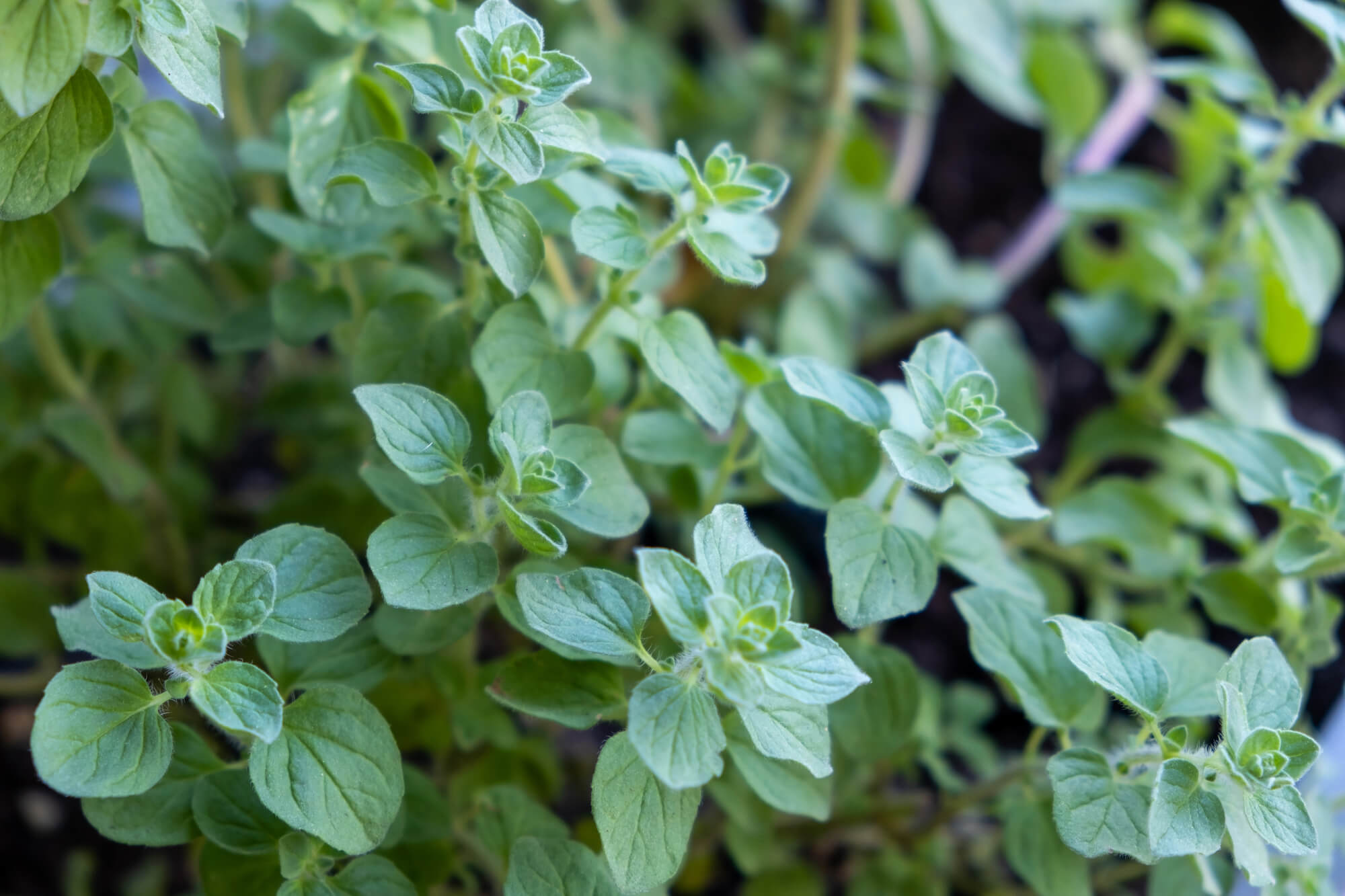
With increased consumer concern about synthetic additives in food, natural antimicrobials are gaining more ground in the industry.
Overlooked and underused
Bio-preservatives are antimicrobial compounds from plants, animals, and microorganisms that inhibit microorganism growth and enhance food’s microbial durability and quality during storage. Although non- toxic, safe (GRAS), biocompatible, and degradable, they are still vastly overlooked and underused. Some of the reasons are price, stability, and negative impact on organoleptic properties. However, innovative solutions like encapsulation in nanovesicles improve natural compounds’ efficacy and organoleptic properties. Combining novel technologies with traditionally used natural compounds is leading to their re-discovery.
Plant-based
Plant-derived products have been used in medicine and food preservation since ancient times. Well-known spices and herbs extracts, like clove, oregano and cinnamon and essential oils of garlic, rosemary and thyme, prevent oxidative spoilage. The antimicrobial efficacy of these products is attributed to synergism with numerous plant secondary metabolites used by plants as protective agents against pathogens.
The content of these compounds in extracts and oils will depend on many things: from geographical and climate factors to extraction technologies and solvents used. The advance of technology has led to more efficient extracts and formulations appropriate for industrial application.
From animals
Animal-derived antimicrobial proteins are purified from the sources or produced recombinantly. The main source of antimicrobial enzymes like lysozyme, lactoperoxidase, and lactoferrin is milk. Chitosan is a linear complex carbohydrate made from chitin, the principal constituent in the external skeleton of arthropods and the cell walls of fungi. It has antimicrobial activity itself, but this biodegradable polymer is used to encapsulate and enhance the properties of many other antimicrobials.
Renewed potential
Microbes have always been the primary source of antibiotics, as bacteria produce them to fight against the other bacteria, their competition for nutrients. Of course, traditional antibiotics used in medicine are not approved for use in food preservation, but some microbial products, such as bacteriocins, are acceptable and useful. Even the whole microorganisms, lactic acid bacteria or yeasts, compete with pathogenic bacteria and thus, prevent their growth.
Antimicrobial ingredients from plant, animal, and microbial sources are re-discovered and innovated constantly. With the progress of modern extraction, delivery, and encapsulation technologies, they will be used not just to improve our medicines but also to improve our food.
The latest articles

How pet parents will shop for their pets this Christmas
A new survey takes the pulse on holiday shopping trends in the UK, including popular categories and average spending.

General Mills’ pet portfolio posts negative performance
Both revenue and net sales dropped by 4% in the last quarter amid less demand.

Negotiations of new EU rules on sustainable packaging to kick off in 2024
The Council and the Parliament will start the legislative process to design regulations regarding the packaging and packaging waste proposal put forward by the European Commission last year.
Weekly newsletter to stay up-to-date
Discover what’s happening in the pet industry. Get the must-read stories and insights in your inbox.